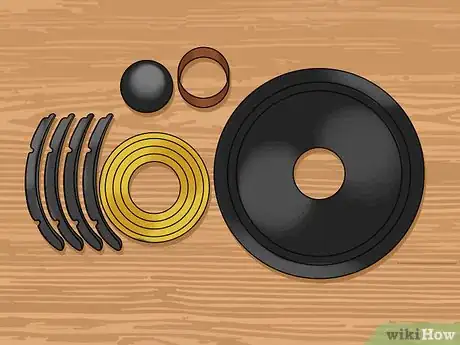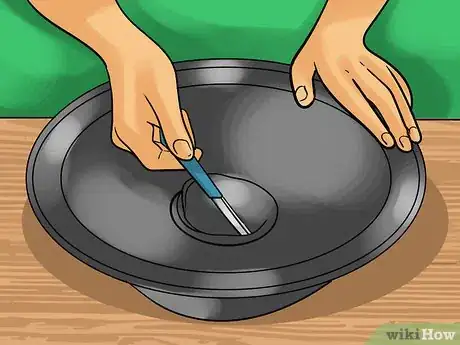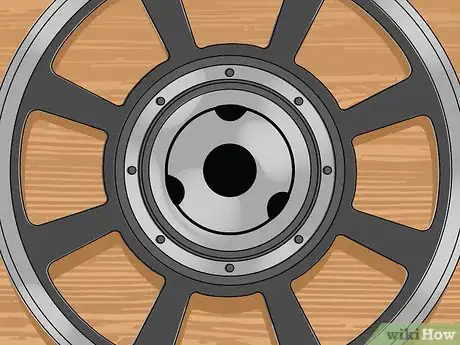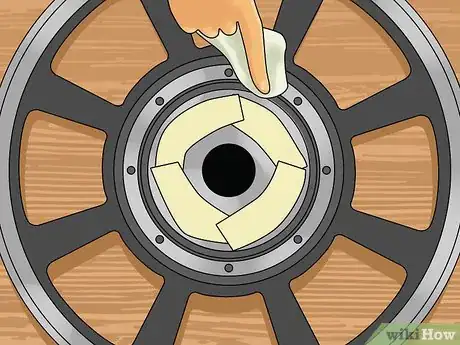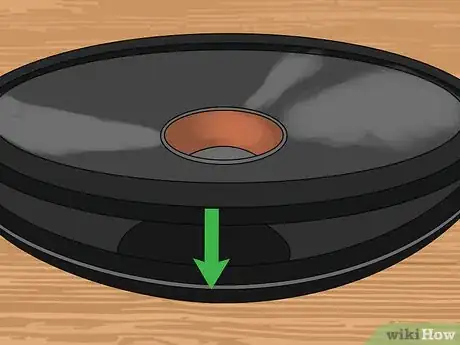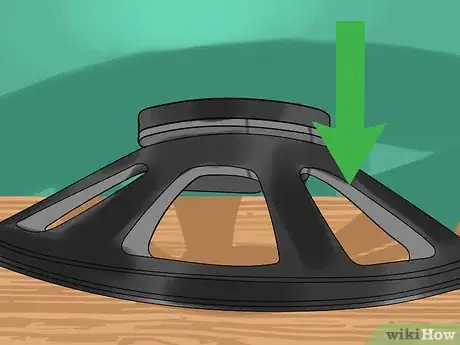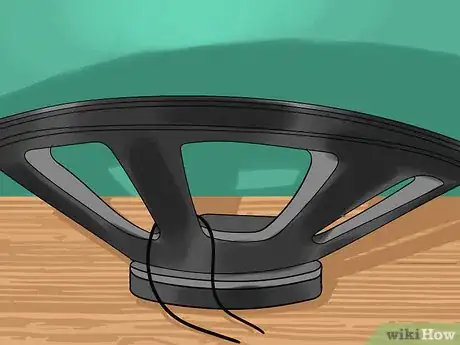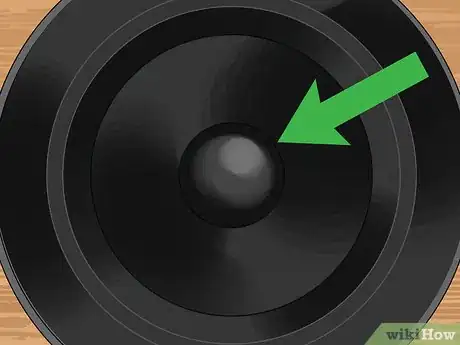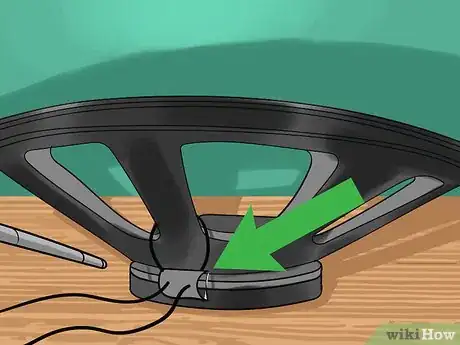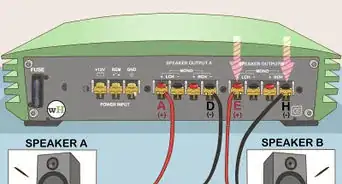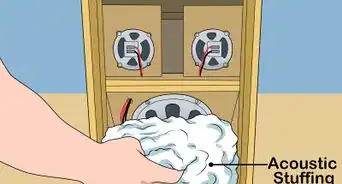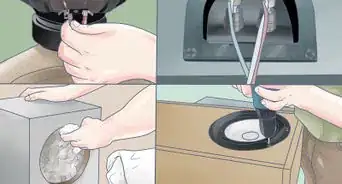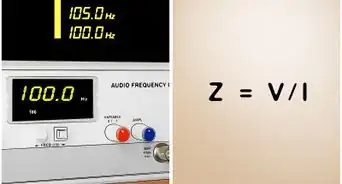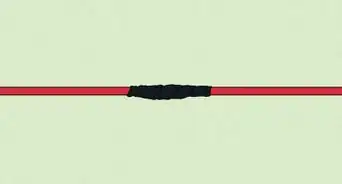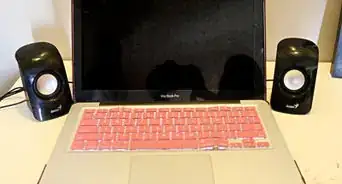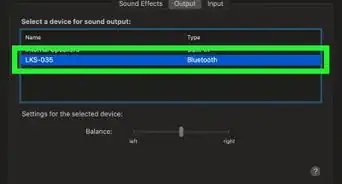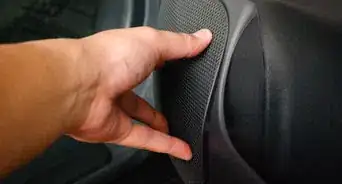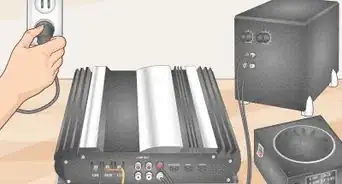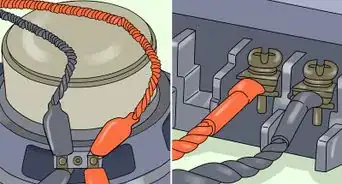Easy steps to re-cone speakers to improve their sound instead of buying new ones
X
wikiHow is a “wiki,” similar to Wikipedia, which means that many of our articles are co-written by multiple authors. To create this article, 11 people, some anonymous, worked to edit and improve it over time.
This article has been viewed 69,751 times.
Learn more...
Reconing a speaker can save you money over the purchase of new speakers. With the right reconing kit, you can bring your old or damaged speaker back to life. Here's a step-by-step guide on how to recone a speaker.
Steps
-
1Find a speaker reconing kit. There are many kits available for specific speakers. If you can't find one, you may need to replace the speaker entirely.
- Locate the make and model of the speaker on the magnet and find the corresponding kit at online vendor or at a specialty shop. The magnet is the large, heavy circular piece of metal on the back of the speaker housing. The cone-shape protrudes out from the magnet.
-
2Disassemble the damaged speaker cone.
- Remove the speaker from the speaker cabinet.
- Remove the gaskets. Use a chisel and hammer to get underneath the gaskets and pry them off.
- Cut around the outer rim of the cone as well as by the base, near the dust cover, using a utility knife.
- Cut around the edge of the spider and remove it. The spider is the piece that sits on the magnet. It is often a dark yellow color.
- Remove the lead wires from the terminal. Apply heat from a soldering iron to remove them entirely, then clean the terminal using the soldering iron. To do this, hold the hot soldering to the terminal. The remaining solder should melt and stick the tip of the soldering iron.
- Carefully remove the dust cover, which you should be able to lift right out.
Advertisement -
3Clean the air gap on the magnet.
- If you have one available, use an air compressor and blow out any debris and dust from the air gap.
- You can also clean the gap with a piece of masking tape. Fold a the piece of tape so that it is sticky on both sides and insert it into the air gap. Make sure you go around the entire circumference of the gap and insert the tape as deep as it can go.
-
4Cover the air gap with masking tape. This helps prevent dust from getting inside once you are done cleaning it.
-
5Clean off all of the small particles of cone material. Black particles from the old cone will still remain on the housing until you remove them.
- Using a chisel or sharp scraper, carefully remove all pieces of cone and spider remnant from the speaker housing. Scrape every square inch and use an air compressor periodically to remove any loose pieces.
- You can use a piece of medium- or fine-grit sandpaper to smooth out the surface.
-
6Assemble the new speaker.
- Remove the masking tape from the air gap on the magnet's voice coil.
- Set the new cone in the air gap. Center it over the voice coil to make sure it fits correctly.
- Remove the cone and apply adhesive. Run a bead of adhesive around the rim as well as the along rim at the bottom where the spider rests.
- Carefully place the cone in the gap and apply a small amount of pressure.
- Insert shims into the air gap in the voice coil to center the speaker. Space each shim around the whole gap to assure consistency. This step is very important. The speaker has to be centered correctly for it to function.
- Attach the gasket. Apply a bead of adhesive around the top of the cone where the screw holes are. Be sure not to cover the screw holes with adhesive. Place on each section of the gasket, one at a time.
-
7Allow the adhesive to dry for 24 hours. Flip the entire speaker over so the gasket and the edge of the cone receive even pressure from the weight of speaker itself.
-
8Flip the speaker back over and carefully pull out each shim.
-
9Attach the dust cover. Apply a bead of adhesive around the base of the cone itself that is the same circumference as the dust cover. Place the dust cover in the center and apply a small amount of pressure. Allow the adhesive to dry for the duration of time specified on bottle.
-
10Solder the lead wires. Attach the lead wires coming from the speaker to the terminal using your soldering iron.
Advertisement
Things You'll Need
- Masking tape
- Utility knife
- Chisel
- Speaker repair adhesive
- Scraper
- Hammer
- Soldering iron
- Solder
- Vacuum
- Air Compressor
- Cone with lead wires attached
- Epoxy
- Dust Cover
- Shims
- Gasket
References
About This Article
Advertisement
